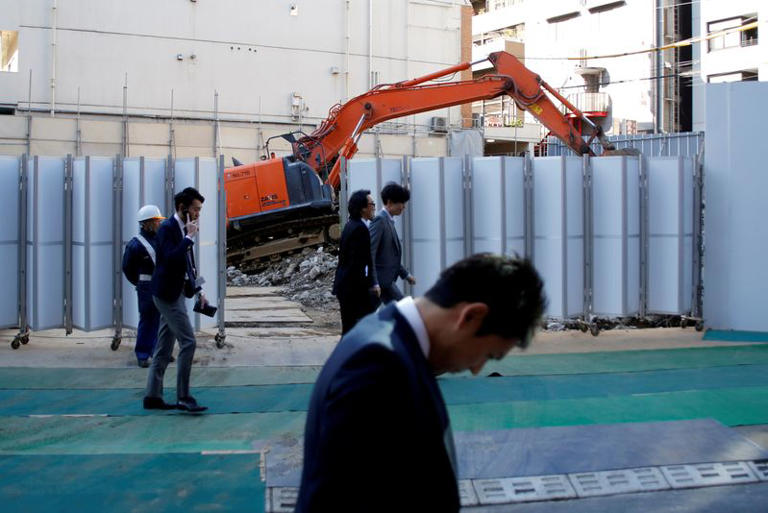Japan’s core machinery orders, a pivotal indicator of future capital investment, unexpectedly dropped for the second consecutive month in May, according to recent data from the government. This decline, totaling 3.2% month-on-month following a 2.9% decrease in April, diverged sharply from analysts’ expectations, who had anticipated a modest increase of 0.8%. The disappointing figures underscored concerns about the trajectory of capital spending in Japan, crucial for sustaining economic growth and the Bank of Japan’s (BOJ) efforts to normalize monetary policy.
The decline in machinery orders presents a challenging backdrop for the BOJ, which has been cautiously unwinding its unconventional policy measures. Having initiated its first interest rate hike since 2007 in March and subsequently reducing government debt purchases in June, the central bank faces headwinds from sluggish consumer spending and tepid corporate investment sentiment. Takeshi Minami, chief economist at Norinchukin Research Institute, noted that these factors could impede the BOJ’s ability to proceed with further rate hikes during its upcoming policy review scheduled for late July, suggesting that economic conditions may need to stabilize until October for clearer signals on policy adjustments.
The Cabinet Office, responsible for compiling the machinery order data, revised its assessment downward, citing signs of a slowdown in the pace of order growth. This revision marked the first downgrade since the beginning of the year, reflecting broader concerns about economic resilience in the face of global uncertainties and domestic structural challenges.
Core machinery orders, excluding volatile sectors like shipbuilding and electricity generation but encompassing overseas orders, are critical for forecasting future capital expenditures in Japan. While domestic core orders showed a year-on-year increase of 10.8% in May, the non-manufacturing sector, particularly communications, experienced a notable decline of 7.5%. This sector-specific weakness contributed to the overall downturn despite a 1.0% increase in manufacturing orders, driven largely by robust demand for chip-making machinery.
Amid these challenges, there were notable bright spots in the data. Orders from overseas surged by 9.1% month-on-month in May and by 20.9% compared to the same period last year, underscoring resilience in external demand. This external strength offers a potential buffer against domestic economic uncertainties and aligns with Japan’s strategic focus on leveraging global markets for growth.
Capital spending remains pivotal in Japan’s economic strategy, particularly as companies invest in labor-saving technologies to mitigate persistent labor shortages. The government has set ambitious targets, aiming for domestic investments, including research and development, to exceed 100 trillion yen ($620 billion) by fiscal year 2027. However, recent GDP data revealed challenges in sustaining economic momentum, with private non-residential investment declining by 0.4% in the first quarter of the year, highlighting ongoing pressures on growth driven by capital expenditures and consumer spending.
In conclusion, while Japan faces immediate challenges reflected in its core machinery orders data for May, including unexpected declines and subdued investment sentiment, the outlook remains nuanced. Strong overseas demand and strategic investments in technology offer potential avenues for economic resilience, while the BOJ’s cautious approach to monetary policy adjustments underscores the complex balancing act required to support sustainable growth amidst evolving global economic dynamics.
